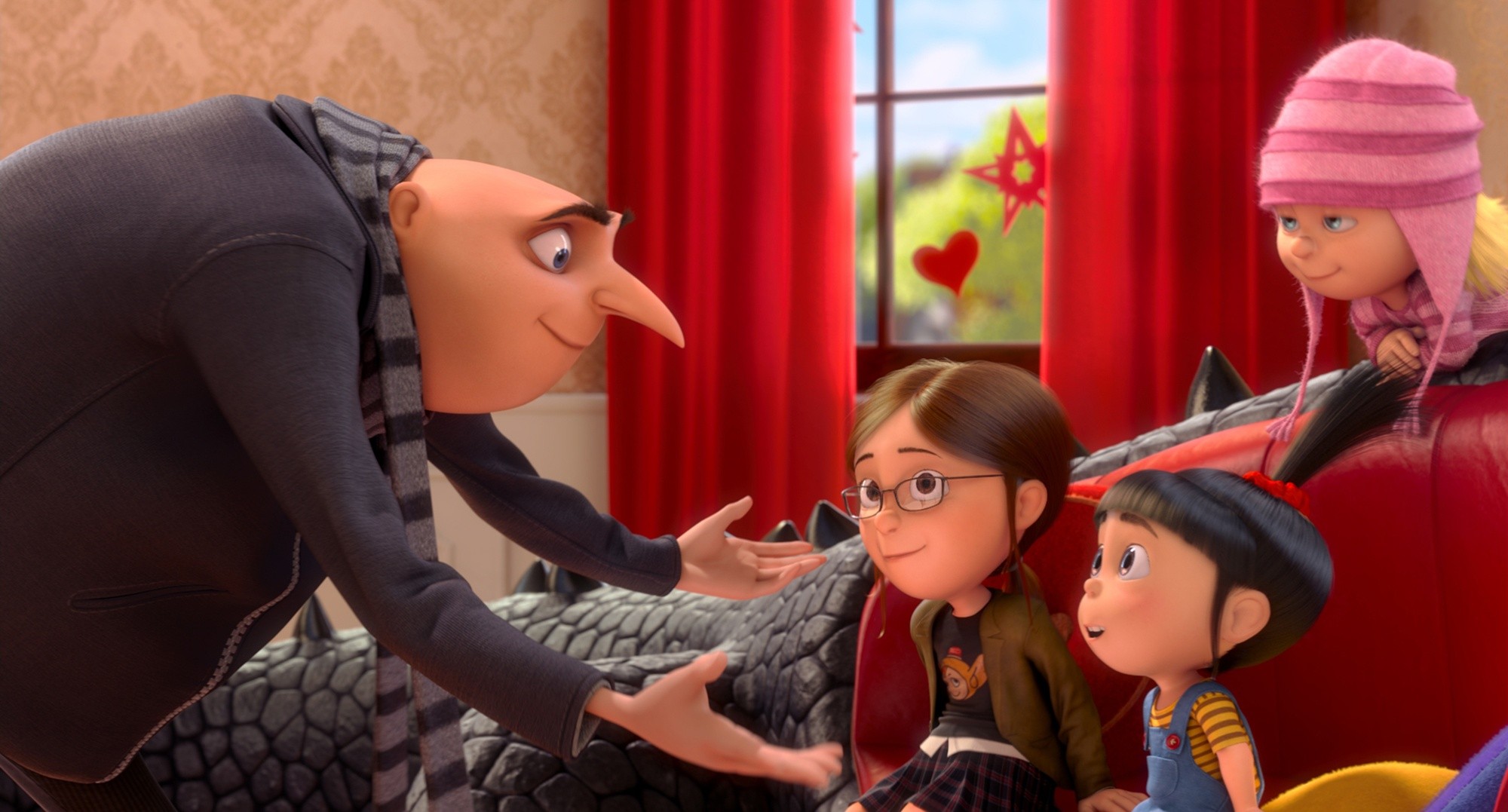My Family
(The Anti-Bias Activity)
 There are many different types of families living in our communities. We must be able to recognize and celebrate our differences and our families.
There are many different types of families living in our communities. We must be able to recognize and celebrate our differences and our families.
The goals that my activity addresses are:
Recognize, appreciate, and respect the uniqueness, beauty, value, and contribution of each child.
Provide children with a positive experience exploring similarities and differences.
Promote respect towards others.
Foster a positive self-esteem and positive self-concept in children.
With children who are younger. Materials: Large construction paper of a variety of skin tones cut out into people shapes, and supply glue, crayons, or markers. Description: Introduce the topic of family. Define family as people with live with and love. Ask thee children to name the members in their family. Invite the children to pick out a people shaped person for each person in their family, glue the shapes to the construction paper, and decorate the people. Offer to write the names of the family members on each child's paper. Display the children's family picture in the classroom.

With children who are older. Expand the definition of family such as family members care for one another, do things together, and share responsibilities.
Materials: A note sent home to parents.
Description: Send a note home to the parents at least 1 week before you plan to begin sharing the posters, pictures, etc. Ask the parents to help their children put together a poster or a collage of family pictures for the children to share with the class.
Have each child return their poster or collage to school on a different day to share with the class. Each child gets to stand up in front of the class and tell all about their poster, pictures or collage. They can answer any questions that the other children might have after sharing their information. (For those who are not able to do this, they could draw or paint the picture of their family.)
Both of the books I chose can be used to show children that there are many different types of families in our communities and they live in different ways. These books show acceptance for ALL types of families.
Beginning with a traditional nuclear family and ending with blank spaces in which the child reader is instructed to "draw a picture of your family," this slight book catalog's multicultural contemporary family units, including those with single parents, lesbian and gay parents, mixed-race couples, grandparents and divorced parents. Kevin and his brother like their kimono-clad grandmother to help them with their jigsaw puzzles, while Ricky lives with two families. "Aunt Amanda and Uncle Stan," pictured riding in a blue convertible with their pets, "don't have any children at all" but are "still a family," says the narrator, because "they say Mouser and Fred are their 'babies.'" Because "animals have families, too," the text describes elephant, lion, chimpanzee and dog families as well as human families. (A human family headed by a mother is "like the chimpanzee family. Mama chimp raises the babies by herself, with the help of any older children she may have.") Nienhaus's lackluster illustrations, the schoolmarmish tone of the text and the comparisons with wild animals all tend to undercut the final definition of a family as "the people who love you the most!" Ages 3-7.
*I chose this age appropriate activity because I have always had a diverse family, and my son has had an even more diverse family. I think it is very important that all children know of the different family types so thy do not fear the unknown. This will help with accepting everyone for who they are no matter what. This is an age appropriate activity and theme because it shows that there are similarities and differences between all of us. Children at this age can comprehend this and should be made aware of these differences to know that the differences are not bad, just different. "Children ages three to five asked questions about: People with disabilities, gender differences, physical differences, cultural differences, and family lifestyles." (York, S. 2006 page 12) My goals for this activity were met by having the children explain why they chose the color they did and who is in their family. The children can explore their differences in a safe environment and ask questions to learn more about their peers culture and family. Children will learn that people are similar, and people are different. There are different kinds of families. Families live in different ways. Many different people live in our community. (Multicultural Concepts Young Children Can Understand handout)
** Information on the books was found on the amazon.com website.


